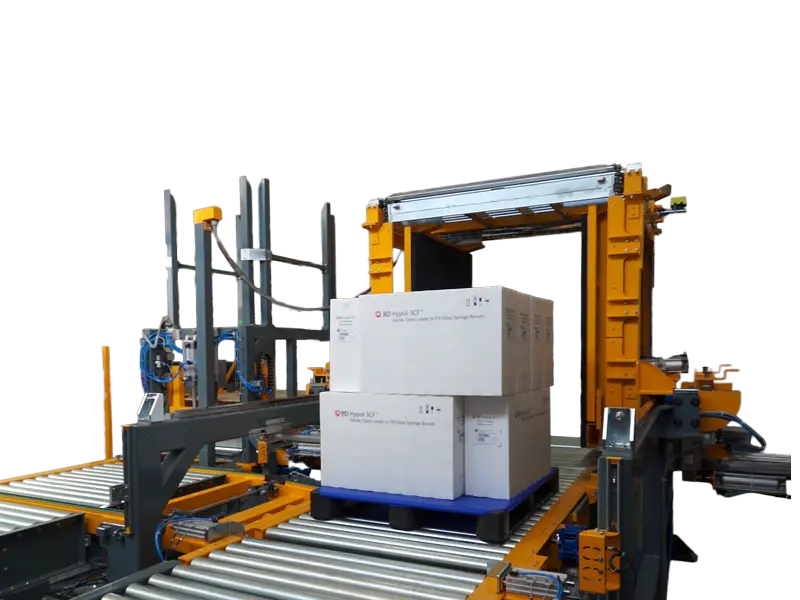Pallet Changing Machine: What’s the Best Method for Cross-Docking Pallet Swaps?
Cross-docking operations face constant pressure. You need to move goods from inbound to outbound trucks with extreme speed and precision. But a major bottleneck often appears: pallet swapping. Using the wrong pallets can lead to rejected shipments, product damage, and frustrating delays. This inefficiency eats away at your margins, causes logistical headaches, and slows down your entire supply chain. I've seen it happen time and again. The good news is that there is a solution. The right pallet changing machine can transform this weak link into a source of strength, streamlining your operations and protecting your bottom line.
The best method for cross-docking pallet swaps is using a stationary, automated pallet changer that is specifically matched to your load type, speed requirements, and operational workflow. For most high-volume cross-docking, a pallet pusher or a heavy-duty pallet inverter offers the ideal balance of speed, reliability, and safety. The ultimate choice depends on a careful analysis of your specific products and throughput goals.
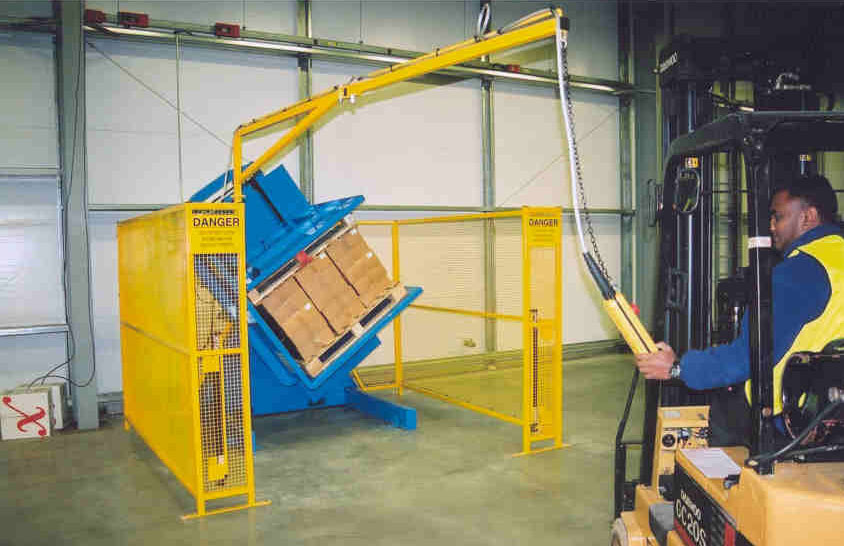
Choosing the "best" method is not a simple decision. It involves looking beyond just the machine's price tag. You need to consider how it fits into your facility, what kind of products it will handle, and how it will support your long-term business goals. As an engineer who has built these machines and run a factory, I can tell you that the details matter. Let’s break down the key questions you should be asking to find the perfect solution for your cross-docking needs.
How do different pallet changer types impact operational efficiency and cost?
You look online and see dozens of different pallet changing machines. There are inverters, pushers, tippers, and more. Each claims to be the best. Making the wrong choice is a costly mistake. You could invest a significant amount of capital in a machine that is too slow, cannot handle your products safely, or breaks down frequently. This would not only waste money but also undermine your goals of improving efficiency and cutting operational costs. To make a smart investment, you first need to understand the fundamental differences between the main types of machines and how they work.
Different pallet changers affect efficiency and cost based on their core mechanism. Pallet inverters offer great versatility for various load types but have a slower cycle time. Pallet pushers are extremely fast for stable, boxed goods. Pallet tippers provide gentle handling for sensitive items. Your specific product, required speed, and budget will determine the most cost-effective and efficient choice.
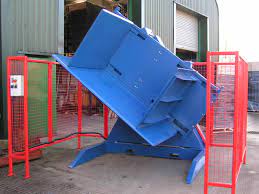
To select the right machine, you need to dive deeper into how each type functions. It's about matching the machine’s strengths to your operational reality. I've seen clients choose a machine based on price, only to find it created a new bottleneck in their line. Let’s look at the pros and cons of each major category so you can avoid that mistake.
The Three Core Types of Pallet Changers
Each machine design was created to solve a specific problem. Understanding this original purpose is key to choosing correctly.
| Machine Type | How It Works | Key Advantage | Key Disadvantage | Best For... |
|---|---|---|---|---|
| Pallet Inverter | Clamps the load, rotates it 180 degrees, and allows for pallet exchange. | Versatility. Handles a wide variety of load shapes and sizes. | Slower cycle times. More complex mechanics can mean more maintenance. | Mixed loads, bags, pails, or loads that need to be settled. |
| Pallet Pusher | Pushes the entire load smoothly from the source pallet to the destination pallet. | Speed. Very fast cycle times, often under 60 seconds. | Requires stable, flat-bottomed loads. Not suitable for unstable items. | Uniform, stable loads like boxes, cartons, or beverage cases. |
| Pallet Tipper | Tilts the load gently to one side, allowing the pallet to be removed and replaced. | Gentle handling. Good for fragile or sensitive products. | Can have a larger footprint and may be slower than a pusher. | Bags of ingredients, fragile electronics, or other sensitive items. |
Matching the Machine to Your Cross-Docking Needs
For a busy cross-docking environment, speed and reliability are usually the top priorities. This often makes the Pallet Pusher a front-runner. If your facility handles thousands of uniform boxes every day, a pusher system can be integrated directly with conveyors. It can swap a pallet in under a minute, keeping your inbound and outbound flows moving without interruption. This directly impacts your operational efficiency and helps you utilize your dock doors and staff more effectively.
However, what if you handle a variety of products? Perhaps you have boxes one hour and large bags the next. This is where a Pallet Inverter becomes a more strategic choice. While its cycle time might be slightly longer, its flexibility prevents you from needing multiple systems or resorting to slow manual labor for non-standard loads. The right heavy-duty inverter can even handle robust industrial products, providing a single solution for a diverse product mix. The key is to analyze your product flow over a typical week. Does 80% of your volume fit one category? If so, optimize for that. If not, prioritize flexibility.
What's the real ROI of an automated pallet changing system versus manual labor?
You see the daily cost of manual labor on your balance sheet. Workers physically moving boxes from one pallet to another seems cheap on the surface. But have you calculated the hidden costs? There's the risk of back injuries and the resulting worker compensation claims. There's the inevitable product damage from dropped boxes. And there's the simple fact that manual labor is slow and creates a bottleneck that limits your facility's total throughput. These hidden costs are a constant drain on your profitability, directly fighting your goal to reduce overall operating costs. A clear-eyed look at the numbers will show you where the real value lies.
The true return on investment (ROI) for an automated pallet changer comes from a dramatic decrease in labor costs, the near-elimination of product damage during transfer, a significant increase in throughput, and improved workplace safety. For a high-volume facility, the initial investment is often paid back in 12 to 24 months, after which the savings contribute directly to your profit margin.
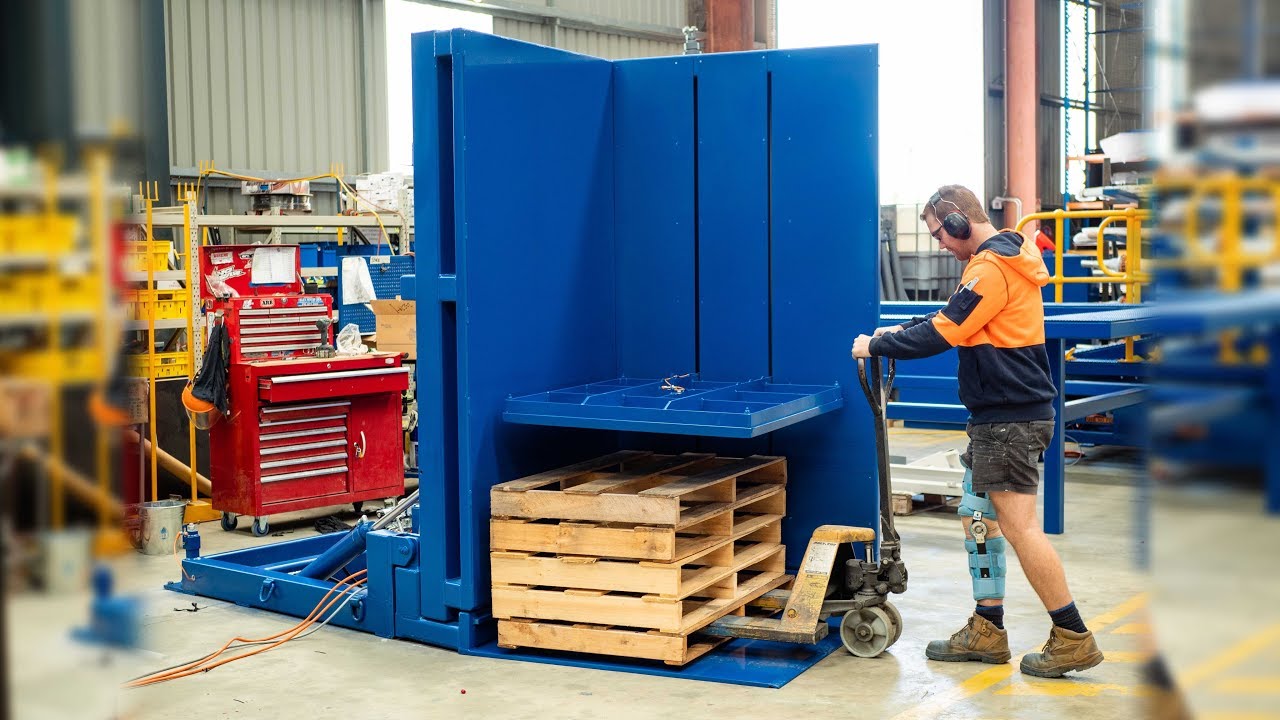
When I was a young engineer, I learned a valuable lesson: the cheapest option is rarely the least expensive. A factory owner I knew was hesitant to invest in automation. We sat down and did the math together. The results were eye-opening. Let's walk through that same process. An honest ROI calculation requires looking at all the variables, not just the initial purchase price.
The True Cost of Manual Pallet Swapping
Manual handling is not free. It has significant direct and indirect costs that add up quickly. To understand the real expense, you need to quantify it.
- Labor Costs: This is the most obvious cost. How many employees does it take to swap a pallet? Two? Three? What is their fully-loaded hourly wage (including benefits and taxes)? How many pallets do you swap per day?
- Example: 2 workers x $25/hour x 8 hours/day = $400 per day in direct labor.
- Product Damage: This is a huge hidden cost. What is your average rate of damage during manual transfers? 1%? 2%? What is the average value of a pallet load?
- Example: 100 pallets/day x $1,000/pallet x 1% damage rate = $1,000 per day in lost product.
- Worker Safety and Injury: A single back injury can cost tens of thousands of dollars in claims, lost time, and increased insurance premiums. It is difficult to predict, but it is a real financial risk.
- Throughput Limitations: Manual labor is slow. If your team can only swap 10 pallets per hour, but your trucks can deliver 20, you have a bottleneck. This lost opportunity has a real cost.
Calculating the Automated System's Payback
Now, let's look at the investment in automation. The numbers are clear and predictable.
| Cost Component | Description | Example Value |
|---|---|---|
| Capital Expenditure (CapEx) | The purchase price of the pallet changing machine. | $50,000 |
| Installation & Training | The one-time cost to set up the machine and train your operators. | $5,000 |
| Annual Operating Cost (OpEx) | The yearly cost of electricity and preventive maintenance. | $2,000 |
| TOTAL INITIAL INVESTMENT | CapEx + Installation | $55,000 |
The ROI calculation becomes simple. I had a client in the steel wire industry who was swapping heavy, awkward loads. They were losing over $60,000 a year just in damaged products, not to mention the high labor costs. We installed a heavy-duty pallet inverter. Their product damage dropped to zero. They reassigned two full-time employees to more valuable tasks. The machine paid for itself in less than 12 months. This is the power of a clear ROI analysis. It turns a capital expense into a clear, predictable, and highly profitable investment.
How can a pallet changer integrate with our existing MES and drive digital transformation?
You are making a smart move by investing in a Manufacturing Execution System (MES) and IoT platforms. You want full visibility into your operations. But there's a common fear: new equipment might become a "dumb" machine, an island of automation that doesn't talk to your other systems. This creates a blind spot in your data. A non-integrated machine cannot provide the information you need for smart scheduling or predictive maintenance. It actively works against your goals of achieving 95% capacity utilization and creating a truly data-driven factory. The solution is to ensure that any new machine you buy is built for the modern, connected world.
A modern pallet changer integrates seamlessly with an MES or SCADA system using its onboard PLC and standard communication protocols like OPC-UA. It becomes a valuable data source, providing real-time information on cycle counts, uptime, fault codes, and throughput. This data is essential for driving digital transformation, enabling predictive maintenance, and achieving true production visualization.
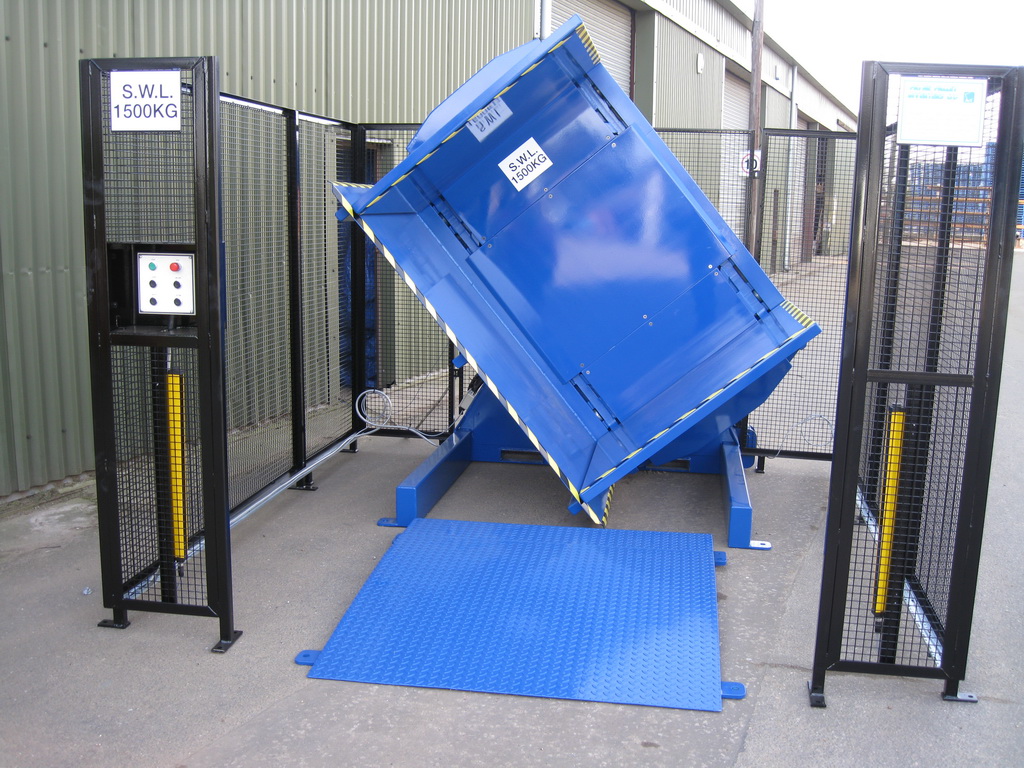
As an engineer, I find this topic particularly exciting. A machine is no longer just a piece of mechanical equipment. It is a node in your information network. Connecting it properly is the key to unlocking its full potential and supporting your larger strategic goals. Let's demystify how this connection works and what benefits it brings.
The Brain of the Machine: The PLC
Every automated pallet changer is controlled by a PLC, or Programmable Logic Controller. Think of this as the machine's dedicated computer. It runs the sequence of operations—clamping, pushing, rotating—with high precision. But crucially, this PLC can also communicate. It can send data out and receive commands from other systems. When you are buying a machine, ask the supplier about the PLC. Is it from a well-known brand like Siemens or Allen-Bradley? This ensures reliability and makes integration with your factory's existing systems much easier.
The Language of Machines: Communication Protocols
For your MES to talk to the pallet changer's PLC, they need a common language. This is where communication protocols come in. You don't need to be an expert, but you should know what to ask for. Modern factories often use protocols like:
- OPC-UA: A secure, platform-independent standard. It's a powerful and popular choice for Industry 4.0.
- EtherNet/IP: Widely used, especially in factories with Rockwell/Allen-Bradley equipment.
- PROFINET: Another popular choice, common in facilities with Siemens equipment.
A good supplier can equip the machine to speak the language your factory uses. This ensures a simple, plug-and-play integration with your MES, rather than a complex and costly custom project.
Turning Data into Action
Once the pallet changer is connected, it starts feeding valuable data to your MES. What can you do with this information?
- Achieve 95% Utilization: By tracking cycle times and short stops, your MES can identify inefficiencies. Is the machine waiting for a forklift? The data will prove it. This allows you to optimize your workflow and increase uptime.
- Enable Predictive Maintenance: The PLC tracks motor hours and cycle counts. It can also output specific fault codes when an issue occurs. This data can be fed into an analytics platform to predict when a component needs service before it fails, preventing costly unplanned downtime.
- Improve Production Scheduling: Real-time throughput data from the pallet changer gives your scheduling platform accurate information about the capacity of your cross-docking operation. This prevents bottlenecks and ensures a smooth flow from inbound to outbound.
This integration transforms the pallet changer from a simple tool into a strategic asset for your digital transformation goals.
My Take: Beyond the Machine - Finding a True Partner for Your Pallet Swapping Needs
I've spent my entire career in the packing machine industry. I started on the factory floor as an engineer, wrestling with equipment that didn't quite work right. Later, I built my own factory. I've been on both sides of the table. I have seen companies buy a machine, and I have seen companies invest in a solution. I can tell you from experience, the difference is everything. A machine is a piece of steel. A solution solves your problem and helps your business grow.
The best "method" for pallet swapping is not just about the machine's mechanics; it is about the partnership you form with your supplier. A true partner provides a total solution. This starts with a deep understanding of your challenges and continues through custom design, installation, training, and long-term support that helps you meet your digital and operational goals.
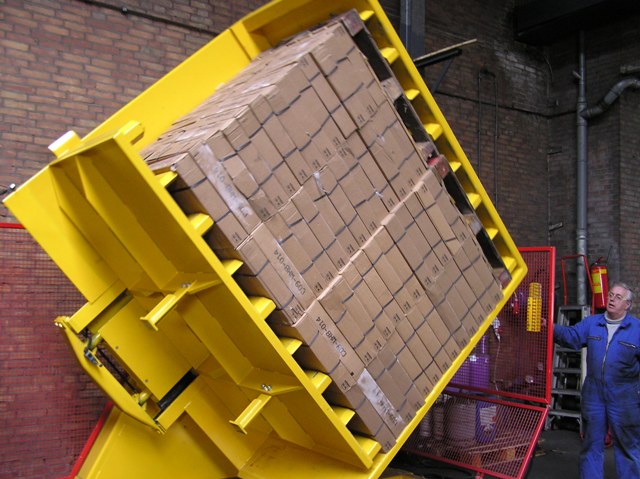
This philosophy is the reason I founded SHJLPACK. I was fortunate enough that my journey in the packing machine industry allowed me to achieve my goals. Now, I want to give back by sharing what I've learned to help others succeed. It's not about making a single sale. It's about building relationships and being a resource for our clients long after the machine is installed.
What a Strategic Partnership Looks Like
When you are facing challenges like volatile energy costs, aging equipment, and pressure to digitalize, you don't need a salesperson. You need an expert who can help you solve problems. A strategic partner does more than just send you a quote.
- They Listen First: A partner will start by asking questions about your products, your facility layout, your throughput targets, and your biggest headaches. They will want to understand your goals, like reducing operating costs by 8% or hitting 95% uptime. The solution should be tailored to these goals.
- They Provide Full-Process Support: A supplier ships a crate to your door. A partner works with your team to plan the installation, ensuring it integrates smoothly with your existing conveyors and workflow. They provide comprehensive training for your operators and maintenance staff to ensure you get the most out of your investment from day one.
- They Offer Expertise, Not Just Equipment: You have goals for digital transformation and environmental compliance. A partner can advise you on this. At SHJLPACK, we can discuss which communication protocols will best serve your MES integration. We can specify energy-efficient motors and hydraulic systems to help lower your electricity consumption, directly addressing the challenge of volatile energy costs.
A Total Solution for Your Business
This is what we mean at SHJLPACK by our slogan, "TOTAL SOLUTION FOR WRAPPING MACHINE." The machine itself is only one part of the solution. The complete solution includes the consultation, the customization, the integration support, and the long-term relationship.
You are not just buying a pallet changer. You are investing in higher throughput, lower costs, better safety, and a more streamlined operation. The right partner will be as committed to those outcomes as you are. They will bring their engineering expertise and industry experience to the table to ensure your project is a success and delivers a clear return on investment.
Conclusion
Selecting the right pallet changer is a strategic decision that boosts efficiency, safety, and profitability. Choose a partner, not just a supplier, for a total solution.
